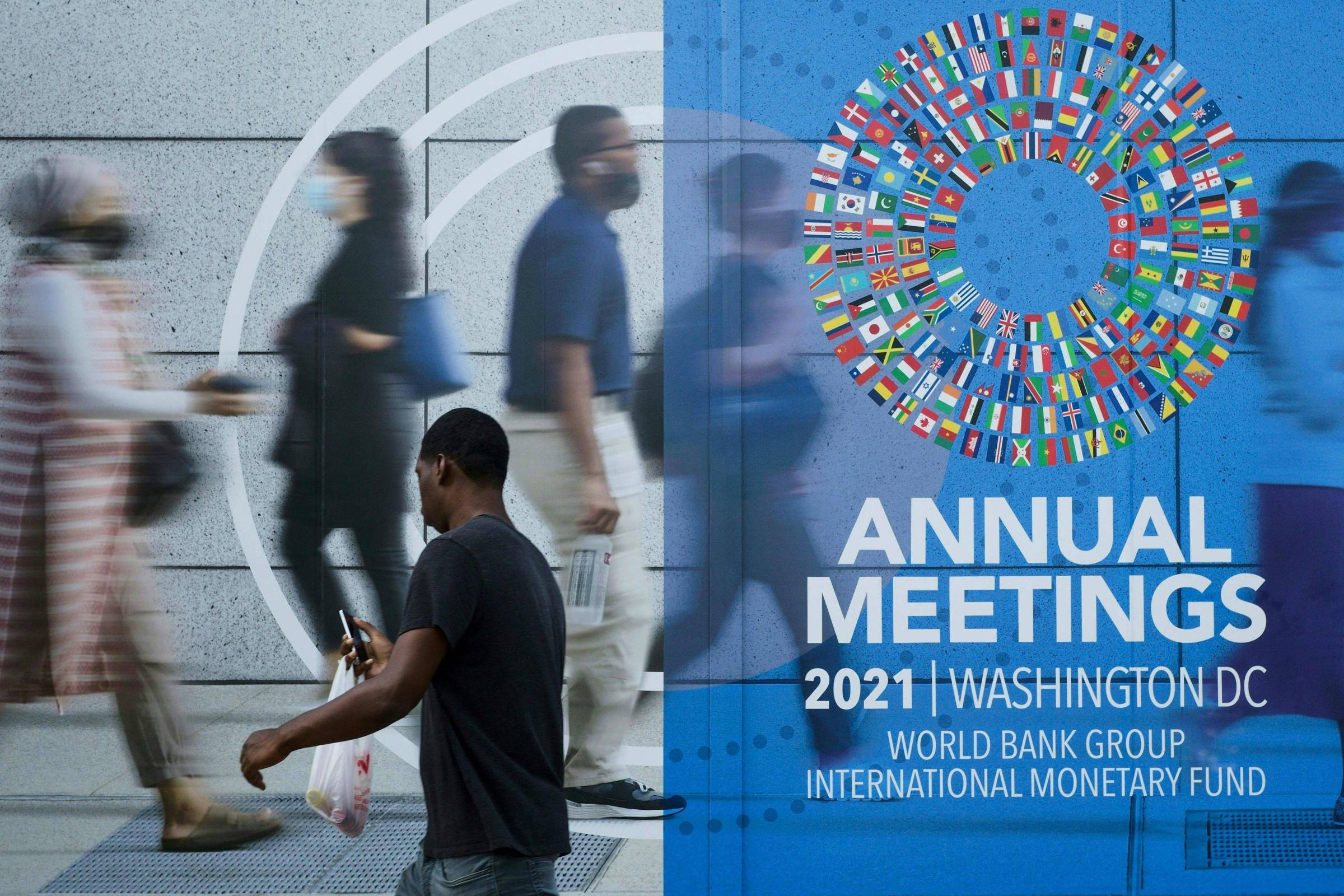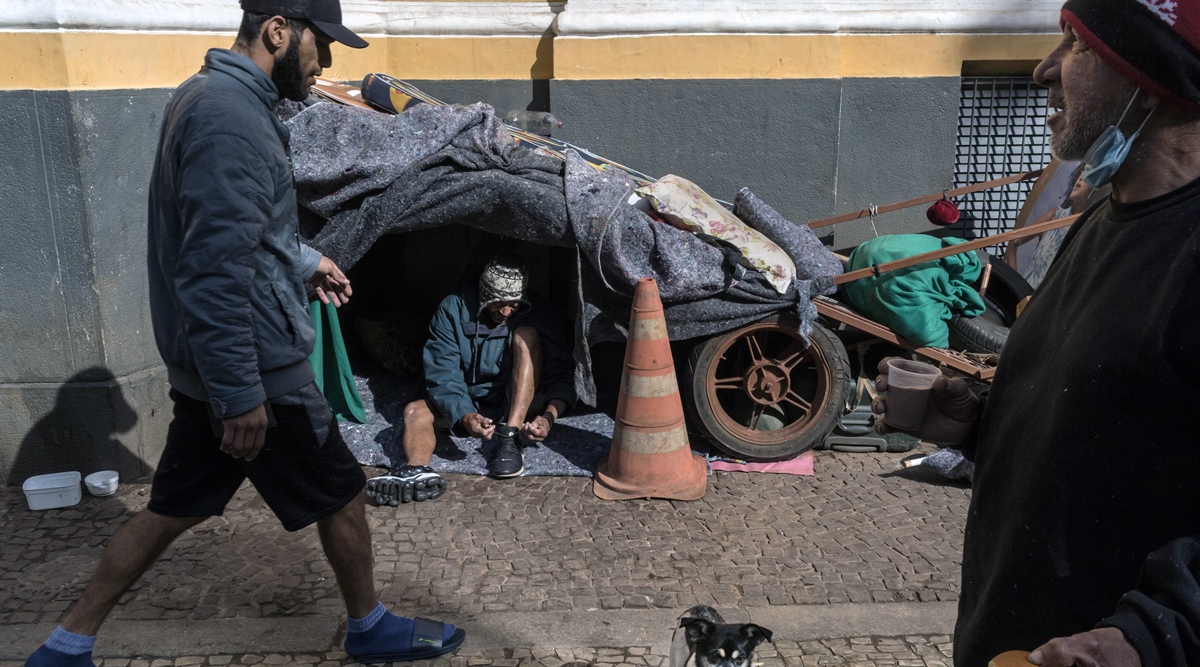There's No Way Venus Could Ever Have Had Oceans, Astronomers Say

Artist's impression of Venus. (MArk Garlick/Science Photo Library/Getty Images)
SPACE
MICHELLE STARR
13 OCTOBER 2021
Let's be honest: in the Solar System, there really is no good place for humans that isn't Earth. But that doesn't mean all bad places were created equal; and Venus is about as inhospitable as a temperate-zone rocky exoplanet can get.
In recent years, evidence has been mounting to suggest that this was not always the case. That, once upon a time, in its wild, wayward youth, Venus could have been habitable, with a lovely climate and even liquid oceans.
Well, maybe we should forget all that. According to new research modelling the climate of Venus and of Earth in their early years, Earth's so-called sister planet would never have cooled sufficiently to allow the condensation of water into liquid.
Once a toxic hell-planet, always a toxic hell-planet, it seems.
Venus is a lot like Earth in many ways. It's a similar size and composition, and once, when the Sun was younger and cooler, it should have had a more temperate climate.
Now, it's anything but temperate. Venus's sky is filled with thick clouds of sulfuric acid, and its atmospheric pressure at 0 altitude is almost 100 times greater than Earth's. If that weren't bad enough, it's lander-meltingly hot, with an average surface temperature of 471 degrees Celsius (880 degrees Fahrenheit).
But because of the similarities between the two planets, scientists think that Venus could be a sign of what's in Earth's future, as the Sun's brightness continues to rise.
This is especially relevant if Venus was once more like Earth, with liquid oceans, and previous research has found evidence that this could have been the case, especially when the Sun was around 30 percent dimmer (and therefore cooler) than it is today.
This faint, young Sun, however, presents a paradox: At those temperatures, Earth should have been a frozen ice ball, yet we have evidence that liquid water was present relatively early.
A team of researchers led by astronomer Martin Turbet of the University of Geneva in Switzerland has now not only shown that Venus was never like Earth, but found a resolution for the faint, young Sun paradox.
"We simulated the climate of the Earth and Venus at the very beginning of their evolution, more than 4 billion years ago, when the surface of the planets was still molten," Turbet said. "The associated high temperatures meant that any water would have been present in the form of steam, as in a gigantic pressure cooker."
In order for this steam to condense into clouds and rain down on the surface, Venus would have had to have cooled for several thousand years. This could only have happened if clouds formed to block solar radiation from the Venusian surface.
The team's climate modelling showed that clouds could have formed on a baby Venus – but only on the cooler night side of the planet. Not only would this not prevent solar radiation from reaching the day side, it would have made the planet warmer by generating a powerful greenhouse effect on the night side.
This would mean that water vapor could never have condensed in the atmosphere, let alone in sufficient quantities to rain down on the planet to fill entire oceans over millennia. This validates the notion of "steam Venus" that was first proposed in 2013 using simpler modelling.
Interestingly, though, the team's work showed that "steam Earth" could also have happened, even with a weaker Sun. In fact, if the solar radiation had been any stronger, Earth could have ended up like Venus.
Rather than freezing a liquid Earth, the research showed, the faint young Sun would have allowed our steamy planet to cool enough to allow for water to condense into liquid.
Exactly how Earth and Venus ended up on such different evolutionary paths is far from confirmed, however, and a mystery that planetary scientists would love to solve. Even if it doesn't have implications for our future, it may help us find other habitable worlds, out there in the wider Milky Way galaxy.
"Our results are based on theoretical models and are an important building-block in answering the question of the history of Venus," said astronomer David Ehrenreich of the University of Geneva.
"But we will not be able to rule on the matter definitively on our computers. The observations of the three future Venusian space missions will be essential to confirm – or refute – our work."
The research has been published in Nature.












